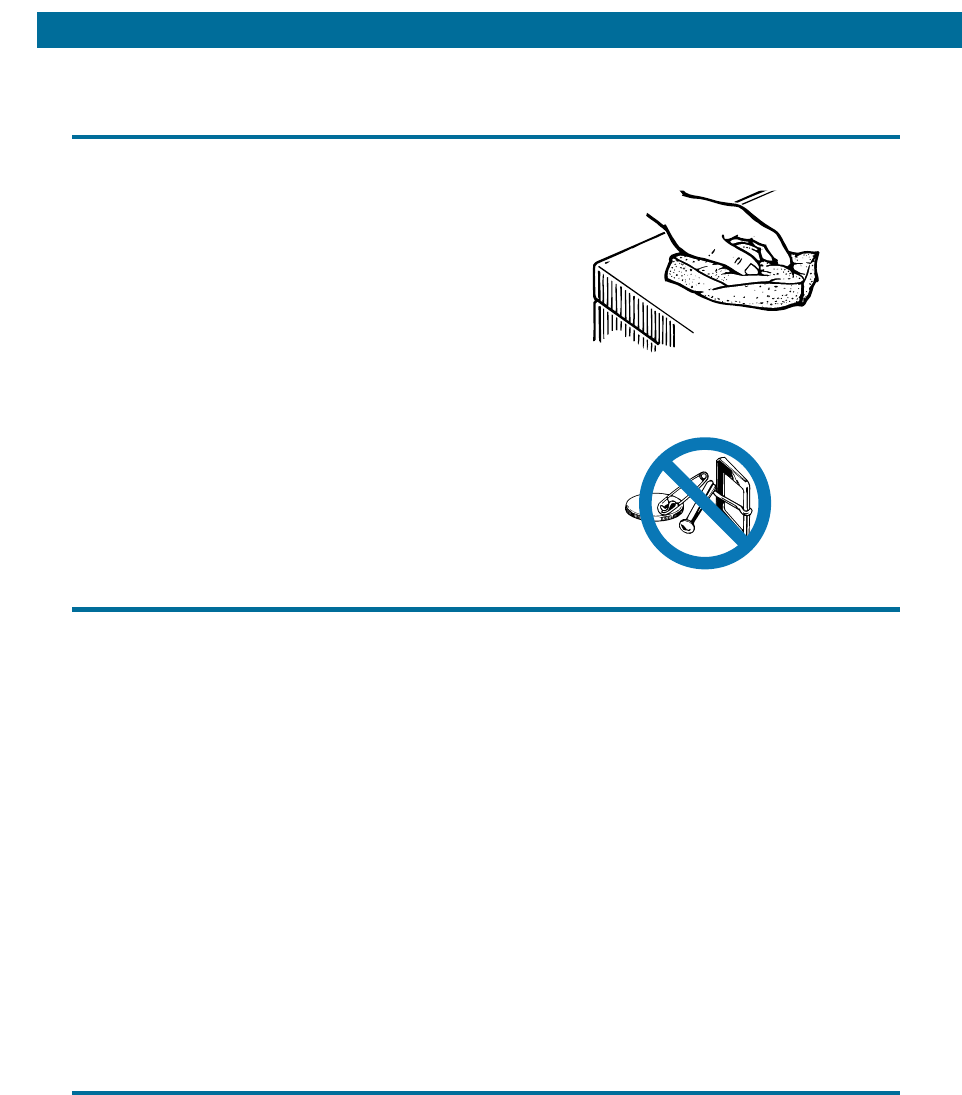
29
LAUNDRY TIPS
Caring for your washer
• Wipe up detergent, bleach, and other spills with
a soft, damp cloth or sponge as they occur.
• Remove hard water deposits using only
cleaners labeled as washer safe.
• If the washer interior needs cleaning (for
example, after tinting or dyeing), put 1 cup
(250 mL) of chlorine bleach and 2 cups
(500 mL) of detergent in the washer. Run
through a complete cycle using hot water.
If staining occurs on following loads, repeat
the process.
• Sharp or metal objects can damage your
washer. Check pockets for pins, clips,
money, bolts, nuts, etc. Do not lay these
objects on your washer after emptying
pockets.
NOTE: Operate your washer only when you
are at home.
Care during periods of non-use
Winter storage or moving care
Install and store your washer where it will not
freeze. Because some water stays in the
washer, freezing can damage it. If your washer
is stored or moved during freezing weather,
winterize it.
1. Shut off both water faucets. Disconnect the
drain water inlet hoses.
2. Put 1 quart (1 L) of R.V.-type antifreeze in
the basket.
3. Press ON/SELECT.
4. Press Options SELECT until the light glows
by Spin Only-High.
5. Press START and allow the washer to run
about 30 seconds to mix the antifreeze and
water.
6. Unplug power supply cord.
Saving energy
• Use warm or cold wash water for most loads.
Use hot water only when washing heavy,
greasy soils or whites.
• Use cold rinses.
• Wash full loads.
To use the washer again:
1. Flush water pipes and hoses.
2. Reconnect water inlet hoses.
3. Turn on both water faucets.
4. Reconnect power supply cord.
5. Run the washer through a complete cycle
with 1 cup (250 mL) of detergent to clean
out antifreeze.
Non-use/vacation care
1. Unplug power supply cord or turn off
electrical power.
2. Turn off water supply leading to your
washer. This will help avoid accidental
flooding while you are away (for example,
due to a water pressure surge).
• Use lower water levels when washing
small loads.
• Use your washer during off-peak hours–
usually early morning and late evening.
(Ask your power company.)


















